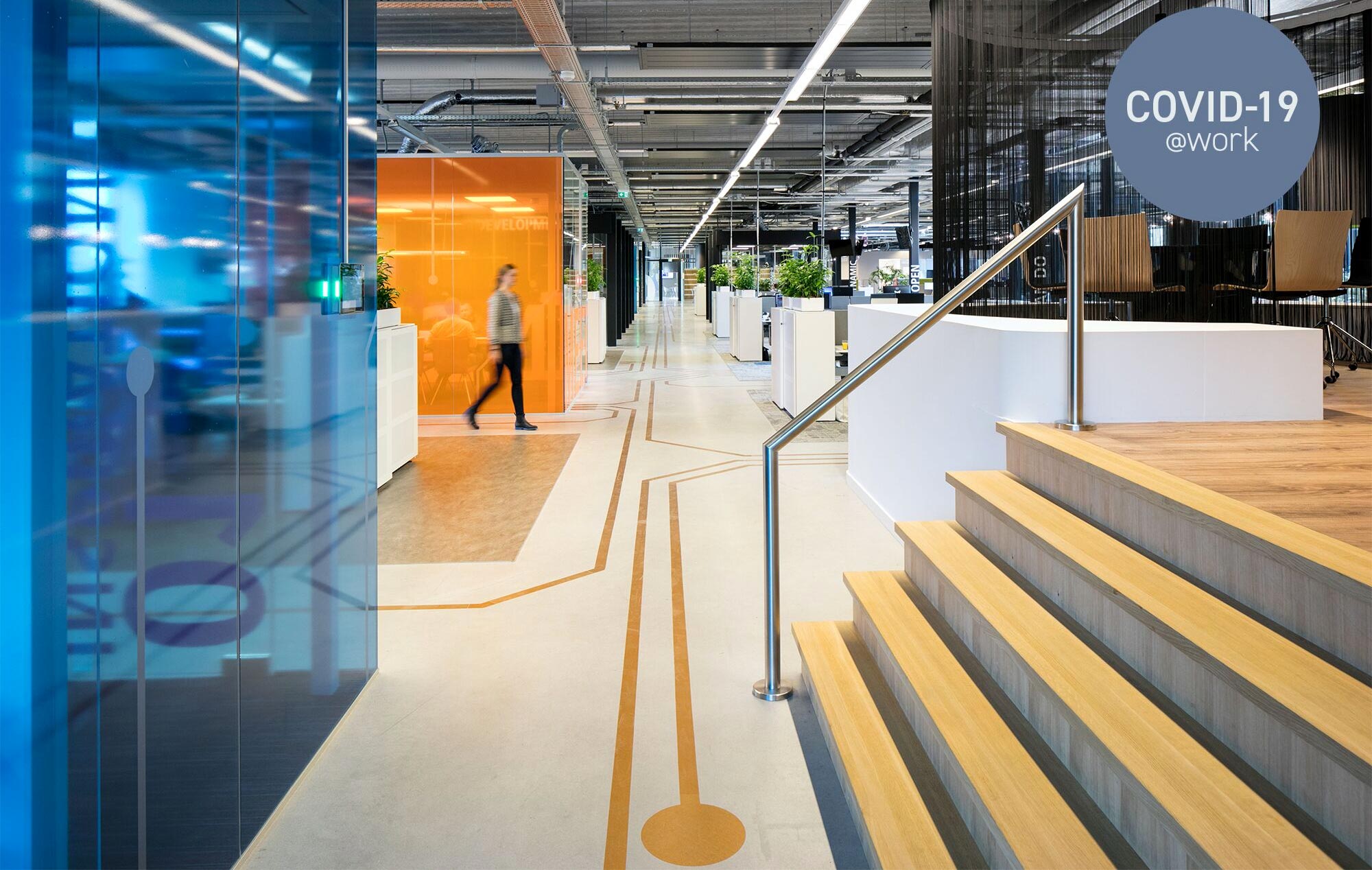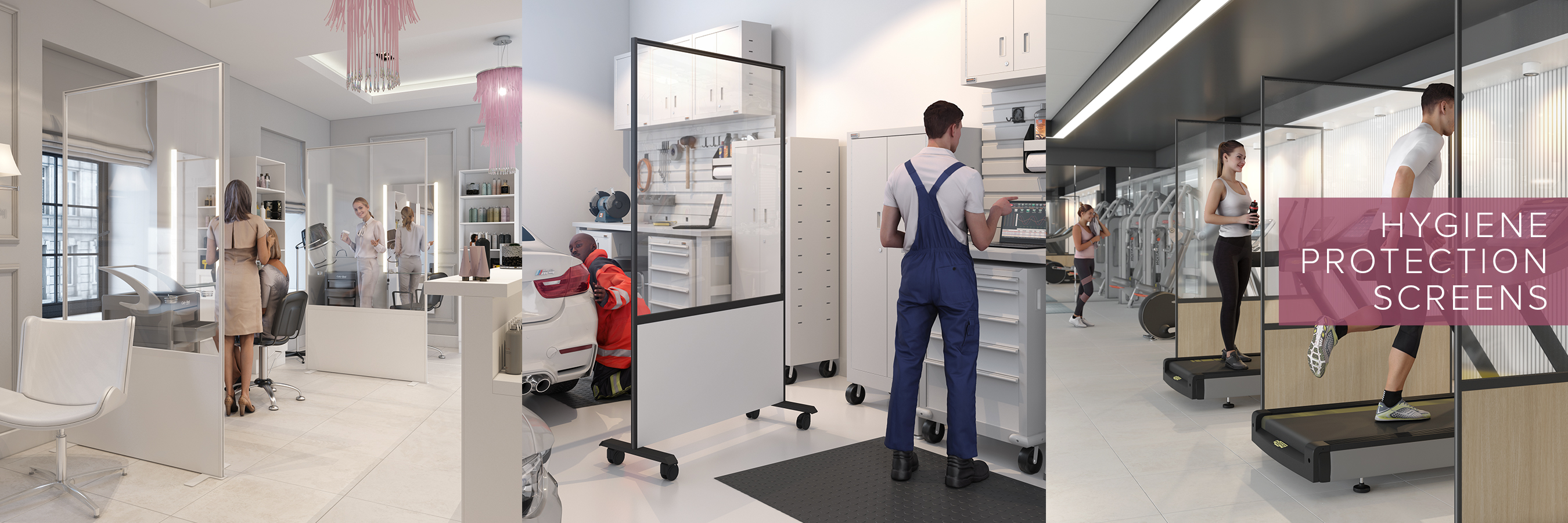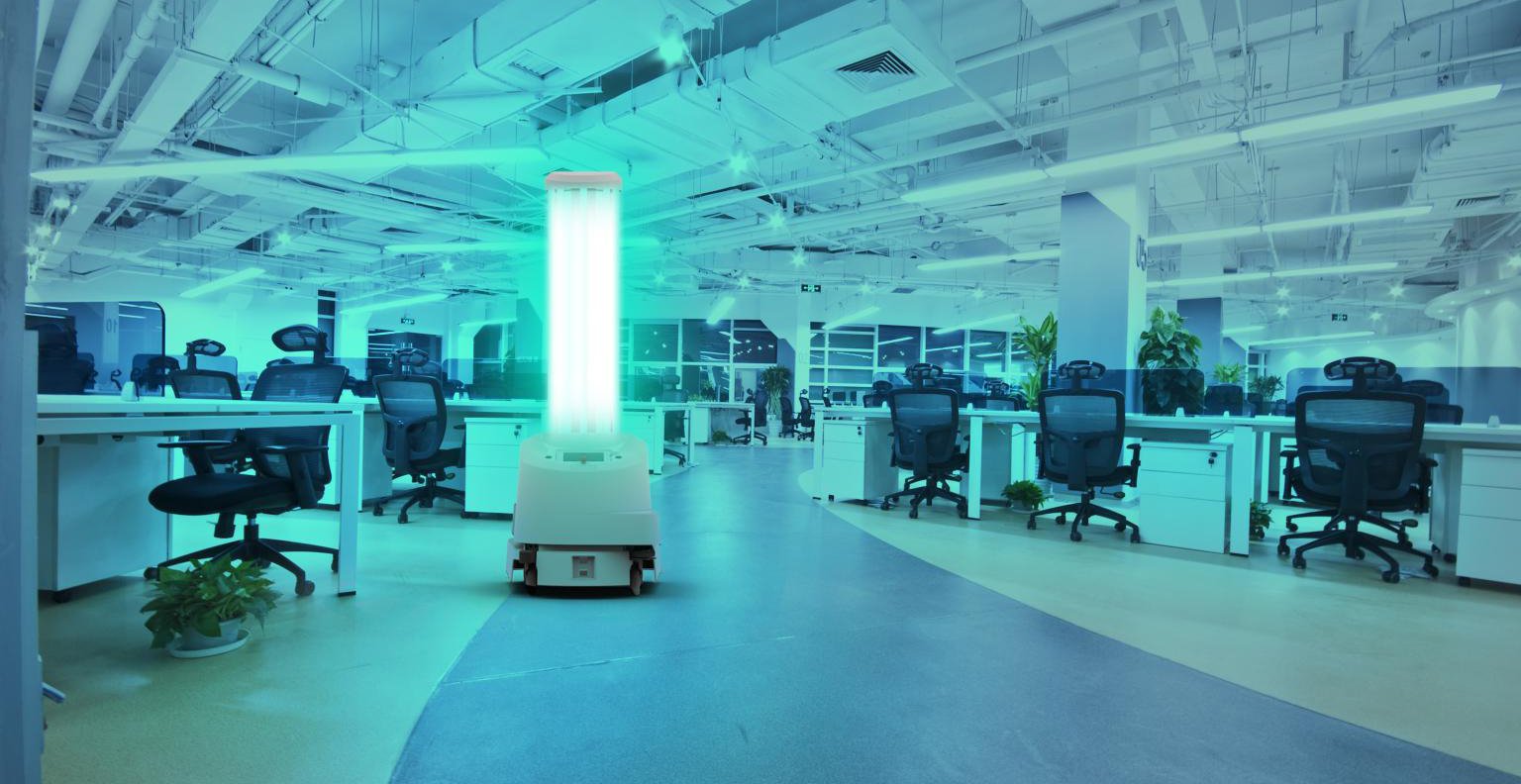Return To Work - A Manifesto For Change

Introduction
It's not often you realise you are walking through history in the making but certainly 2020 will be remembered in the history books as a pivotal time for a sea change in both our thinking and our ways of working. This article is designed to give a short overview of some of the changes and strategies we believe will help to make our places of work more safe from viral infection and allow for companies and employees to navigate a route through these turbulent times.
As the Government and COBR will attest we all love a simple three point slogan so in keeping with that format ours should be:
Return to work message
- Manage the workplace
- Manage the people in the workplace
- Reduce the risk of infection
Manage The Workplace
Covid-19, like any virus, is the ultimate opportunist and can / will find any route into a workplace and eventually into its hosts body. Our strategies therefore must reflect this challenge and the starting point is to reduce the opportunity for the virus to enter and spread within the workplace.
Manage Borders and entry points into workplace.
Protocols
Review Cleaning regimes and level of risk you are prepared to accept.
We have already touched on personal equipment but how about open plan spaces, water coolers, coffee machines and door handles etc.
Does your cleaning strategy rely evening workers coming in and emptying bins or wiping work surfaces?
What about keyboards, mouse and phone disinfection?
What about mobile phones (often have more pathogenic bacteria on surface than your average toilet seat!)
Containment and Clean Air

Managing People
Most virus’s will find their way into both workplaces and ultimately new hosts by two routes of transmission:
1. Airborne
2. Direct contact
If we can make the workplace as clean as possible the only way any virus’s can easily enter will be via individuals.
This can be on clothes, bags, phones and most likely shoes. If an individual is asymptomatic they will also be distributing viral load with every breath they exhale - hence the necessity for some social distancing protocols between work colleagues or work rota’s to reduce risk of complete workforce being infected.
Information
Coughing: Air can exit the mouth at speeds of 60–70 mph and travel up to 20 feet (6 metres)
Sneezing: Fastest lab test sneeze recorded at 103 mph. Sneeze aerosol can travel more than 25 feet (8 metres)
Knowledge is power and if everyone can become more aware of how germs and virus’s are transmitted then that knowledge along with various tools and protocols will allow us to reduce the risk of contamination within the workplace and beyond.
Culture of Clean

Reduce The Risk
The Bad News : Fighting virus and microbes is like trying to stop the tide coming in (ask King Canute how that worked out!)
The Good News: By being alert and aware of the risks and putting in place strong strategies to reduce spread we can drastically reduce the risk of infection.
Moreover if infection occurs then a reduced viral load is far more acceptable and likely to cause less serious illness than receiving a heavy dose of virus… it's all about minimising risk.
“The initial dose of virus and the amount of virus an individual has at any one time might worsen the severity of COVID 19 disease. Viral load is a measure of the number of viral particles present in an individual. Higher SARS-CoV-2 viral loads might worsen outcomes, and data from China suggests the viral load is higher in patients with more severe disease. The amount of virus exposure at the start of infection, the infectious dose, may increase the severity of the illness and is also linked to a higher viral load."
- Centre for Evidence-Based Medicine
Strategies & Solutions
Put simply the the whole objective is to stop any virus from moving from Point A (clothing, surfaces, air etc) to Point B (respiratory system of human).
Unfortunately we cannot live in a vacuum and are, by nature, social creatures so the main strategy is one of reducing the risk by minimising or containing the virus’s ability to get from Point A to Point B. Of course if between those points we can eradicate as many of their number as possible we start to reduce the risk and indeed help manage the viral load that people are exposed to .
Working alongside our clients we would look to develop a road-map and a working strategy based on that companies needs and attitude to acceptable risk. There are many quick and easy wins in terms of strategies as well as more involved or complex options depending on the needs and demands of the company.
Disinfecting The Office Using UVD Robots
An effective way of ensuring that the work place is clean and safe for employees is to disinfect the area before and after use - typical methods can be laborious and also run the risk of germs/bacteria being missed and therefore leaving the area unclean.
One cutting-edge method of disinfection is by utilising UVD Robots. UVD or Ultra-Violet Disinfection Robots emit high intensity UV-C rays that kill 99.99% of bacteria that they hit, therefore leaving the area clinically clean.
Simply program the UVD Robot, ensure that nobody is in the area and start the program - the robot/s then physically follow the given path around the room/area, killing all bacteria that they come into contact with.
ARC Office Landscapes Ltd are a supplier of UVD Robots and can assist with anything UVD Robot related. To find out more simply visit
www.arc-ol.com

